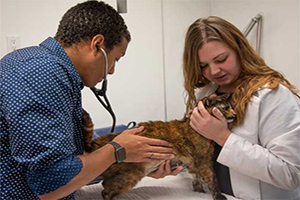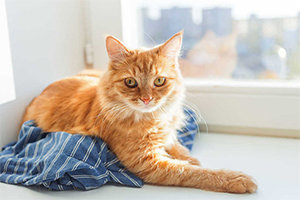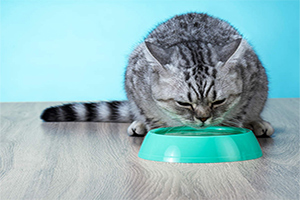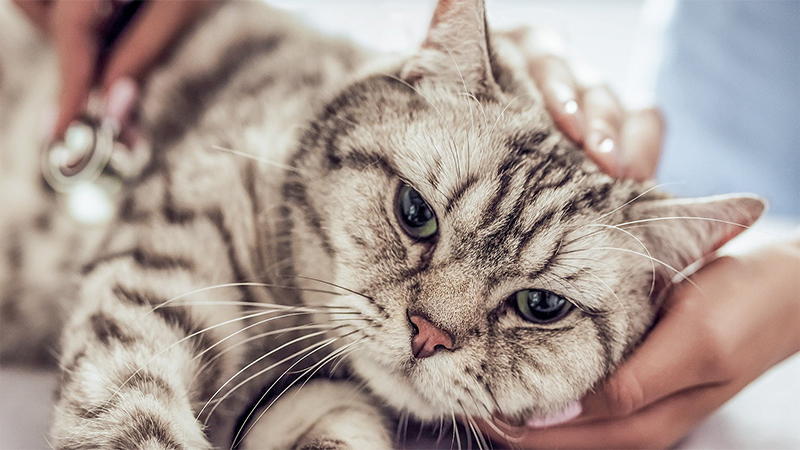Both dogs and cats frequently experience issues with their bladders. Struvite, calcium oxalate, and urate stones are the three most typical rocks. There are different causes of stones such as metabolic abnormalities, nutrient imbalances from diet or supplements, genetic conditions or struvite stones. Sometimes urine contains crystals but no stones. Depending on the crystal type and the pet, these crystals may or may not be a sign of stone risk.
Related Topics You Might Like:
Products Related To Topic
"(Paid Links)" ▶ As an Amazon Associate, We earn from qualifying purchases.
Symptoms of bladder stones in cats
How a cat gets bladder stones?
Your cat's body naturally contains a few minerals. These minerals can crystallize if the cat's urinary system cannot process them properly or if excessive amounts of these minerals are detected in the urine. Mucus is produced when the bladder lining is irritated by the sharp crystals. Crystals and mucus form clusters that stick together and grow and harden into stones. There are several reasons of bladder stones. If stones can form depends on the urine's pH, specific proteins' presence, and the urine's water content.

Diagnosing Bladder Stones in Cats
Cats with bladder stones can be diagnosed using one of two techniques. First, by pressing on your cat's abdomen, your veterinarian might be able to feel the stone if it is large enough. Ultrasounds or radiographs are required for most smaller stones to be diagnosed.
These techniques also assist in identifying the origin of the stones. A urinalysis may be the first test your veterinarian administers because it can indicate the likelihood of stones or help identify the most likely type of stone.
Treatments for Cats with Bladder Stones
Possible Complications of Bladder Stones in Cats
Bladder stones may occasionally be a symptom of a more severe health issue your cat already has. Additionally, bladder stones can result in additional problems if left untreated. To learn what caused them and to make sure they don't cause any more trouble, it's crucial to receive treatment.
Risks of an Untreated bladder stone
Bladder stones that are left untreated can cause a variety of issues. Your cat might not be able to urinate at all if bladder stones block the urethra entirely. It may result in nausea, vomiting, loss of appetite, and a firm, bloated stomach. Urine may back up into the kidneys in this situation. Get medical help immediately if your cat has a complete urinary blockage because it could be fatal.

Preventive measures
Change your cat's diet.
Animal specialists have recently observed an increase in one type of stone, calcium oxalate. Even though they do not fully understand why bladder stones form. Mineral stones come in wide different varieties. The minerals from which they are formed determine the type. Your veterinarian will send the stone for testing and, based on the results, advise a diet low in the minerals that your cat's stone was made of.
Select a diet based on the urolith type of your cat. Try a non-acidifying diet, for instance, with low to moderate calcium intake and magnesium and citrate components if you have oxalate stones. This diet may help prevent calcium oxalate buildup and reduce urinary calcium levels. Instead of dry food, use canned goods. The additional water found in canned cat food may aid in diluting urine and preventing mineral buildup.

Give your cat plenty of fresh water.
Cats typically prefer fresh water and may refuse to drink it if it has been sitting out for a few days. Every day, empty and refill your cat's water bowl. You can keep track of your cat's water intake by doing this.
Go for regularly-scheduled follow-up visits.
In the months after a bladder stone procedure, your veterinarian might advise that you regularly bring your cat in for urinalysis and urine cultures. Regular appointments with the vet can help ensure that your cat recovers entirely and does not experience the same problem again.

